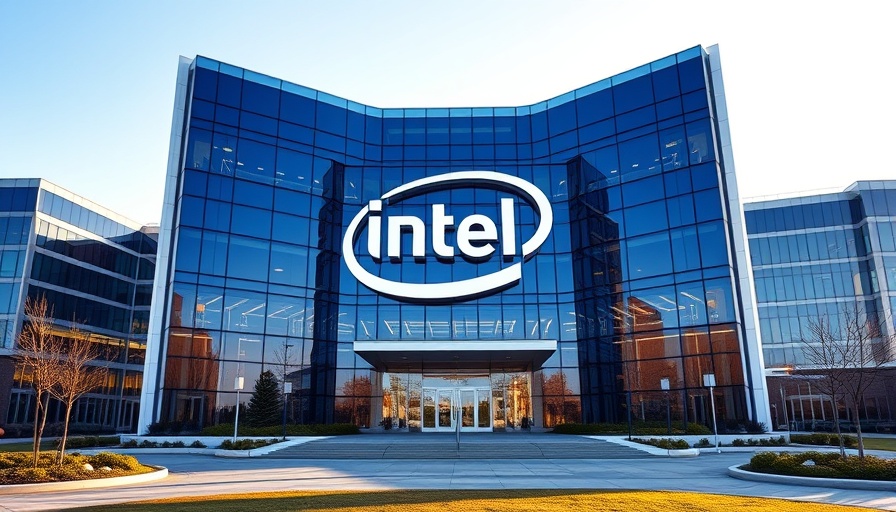
The U.S. Government Takes a 10% Stake in Intel: Implications Ahead
In a bold move from the Trump administration, it has been confirmed that the U.S. federal government will acquire a 10% stake in Intel Corp. This decision, announced during a White House press briefing, revolves around the financial backing provided to Intel under the CHIPS Act. The government will receive approximately 433.3 million shares at $20.47 each, a slight discount from the current market price. Despite the acquisition, Intel stated that this stake would not grant the government a seat on its board but would allow it to vote alongside the company's board on certain issues.
The Strategic Importance of Semiconductor Manufacturing
This decision aligns with broader efforts to bolster U.S. semiconductor manufacturing amid growing global competition, especially from China and Taiwan. Intel's CEO, Lip-Bu Tan, emphasized the company's commitment to advancing cutting-edge technologies within the U.S., marking the deal as a critical step toward domestic production. With recent expansions planned for Arizona and Ohio, Intel is not just securing its future in the industry but also strengthening national security, as the company develops chips for defense initiatives supported through federal funding.
The Future Landscape: More Deals on the Horizon?
Trump's assertion that “we do a lot of deals like that” hints at a potential pattern of the government seeking equity partnerships with other companies benefiting from CHIPS Act funding. Analysts speculate whether this could lead to further acquisitions in the industry, especially among companies like TSMC and Micron, which have also received federal grants for enhancing U.S. manufacturing. This pivot could redefine industry dynamics, positioning the government not just as a regulator but a player with vested interests in strategic technology firms.
The Impact on Business Leaders and Tech Managers
For business leaders and tech-savvy professionals, this announcement calls for an acute awareness of the evolving landscape of government involvement in business operations. The implications of federal stakes in private companies could lead to enhanced regulatory scrutiny and new compliance requirements, affecting decision-making processes across the industry. Furthermore, the partnerships formed through such deals may yield competitive advantages for companies within the U.S., impacting market position and consumer trust.
Conclusion: Staying Ahead of the Curve
As we navigate these potentially transformative changes in the tech landscape, it is essential for industry leaders to stay informed and adaptable. Understanding the intersection of government policy and market dynamics will be vital for strategic planning.
 Add Row
Add Row  Add
Add 










Write A Comment